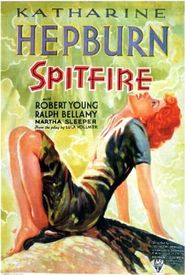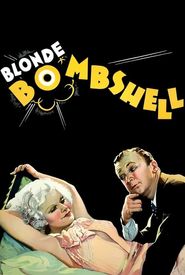Martha Sleeper's journey in the entertainment industry began at the tender age of seven, as a stage performer. Her early years on screen were marked by her debut in the independently produced farce "The Mailman" in 1923, where she showcased her comedic prowess. This successful start led to a series of child comedies alongside Buddy Messinger, as well as one- and two-reel shorts opposite Charley Chase, with titles such as "All Wet" (1924) and "Crazy Like a Fox" (1926).
As her popularity grew, Martha was voted a WAMPAS Baby Star in 1927, further solidifying her status as a rising star. However, an attempt to transform her into an eccentric knockabout comedienne, similar to Gale Henry, ultimately failed to take off. Instead, she found success in more subtle domestic farce, such as "Pass the Gravy" (1928),where she played the role of Max Davidson's daughter, frantically trying to communicate with him through mime.
Martha's last notable role in silent comedy was as the leading lady in Stan Laurel's solo effort, "Should Tall Men Marry?" (1928). However, her contract with Hal Roach was not renewed due to the company's fiscal downsizing in 1928, prompting her to move to FBO, a Poverty Row outfit specializing in low-budget features, often westerns, for the Midwest market. Unfortunately, no prints of the six films she made for FBO are believed to have survived.
After 1930, Martha appeared in supporting roles, often as the "other woman," in melodramas for MGM, Paramount, and RKO. Simultaneously, she grew restless in Hollywood and sought work on the stage. In an interview, she recalled being given "permission to take jobs in the theater in downtown Los Angeles. That's unheard of, a contract player wanting to have time for stage work" (NY Times, April 7, 1983).
In 1936, Martha and her actor-husband Hardie Albright left the West Coast for New York to begin a ten-year run on- and off-Broadway. During this period, she developed a lucrative sideline of designing idiosyncratic costume jewelry, primarily made from bakelite, wood, and metal. This hobby blossomed into a respectable $300,000-a-year business, earning Martha the nickname "The Gadget Girl." Her unique creations, including tarantula brooches, necklaces of sun-drenched strawberries, and collars of champagne bubbles and swizzle sticks, were extremely popular among the general public, the jet set, and film stars like Dolores Del Río and Fay Wray.
In 1949, Martha settled on the island of Puerto Rico, sold her possessions in New York, and reinvented herself as the proprietor of a boutique in San Juan, designing and manufacturing fashionable women's clothing. She remained on the island until her retirement in 1969, spending her remaining years on her second husband's plantation near Charleston in South Carolina.




































